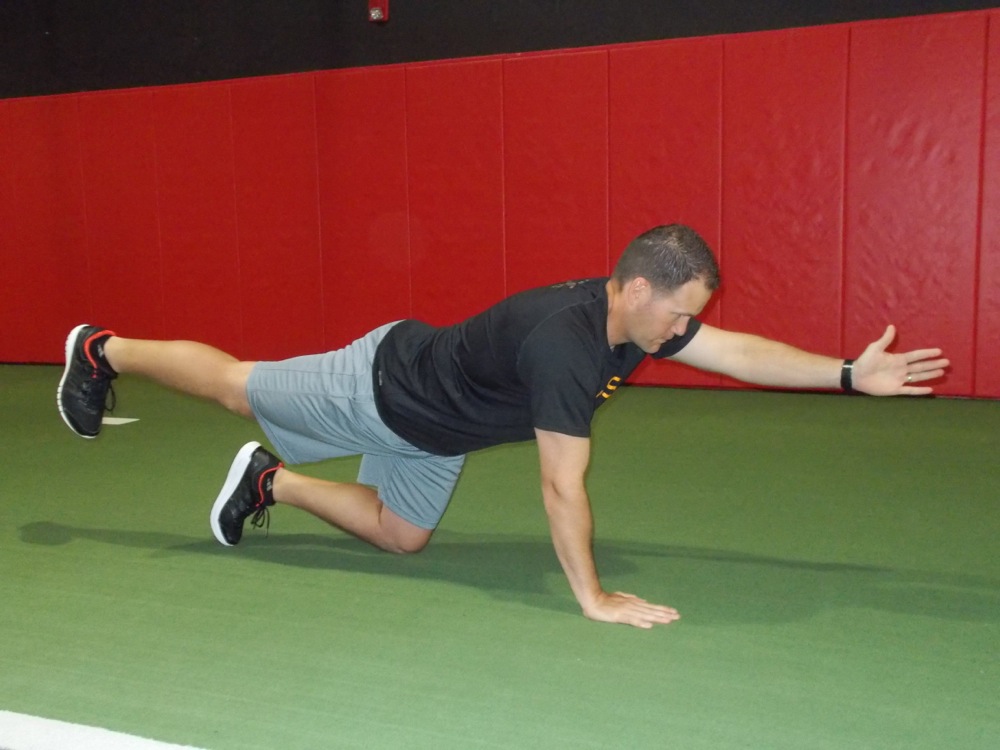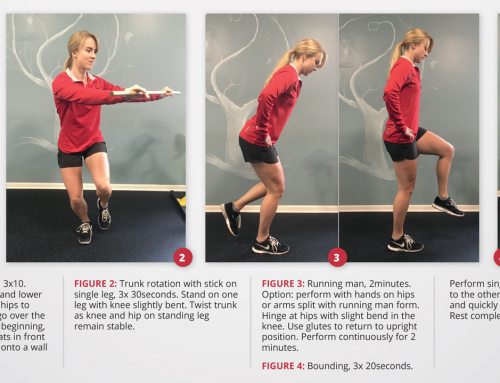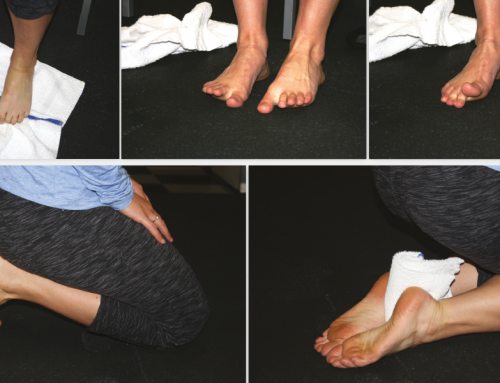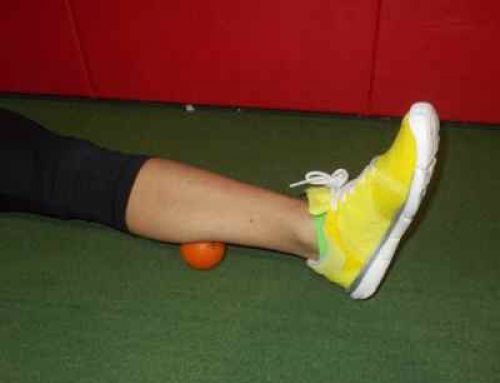By Brian Schiff
Maintaining posture and alignment during a run often proves to be challenging once fatigue begins to set in. Naturally, your body often wants to succumb to gravity and collapse inward. This negatively impacts performance and breathing and may also place undue strain on your back.
Fatigued runners may exhibit an excessive forward lean and rounded shoulders. Poor hip mobility, tight muscles and weakness also tend to contribute to a dysfunctional running posture. With increasing mileage, the brain will by default choose to function in a “relaxed mode” in which minimal muscular effort and work have to be expended. This may show up as marked increased forward bending in the hips, or too much trunk rotation.
While the goal for optimal running is not being completely upright, maintaining a slight but steady forward trunk inclination can be elusive without properly conditioning the trunk and core muscles. The following exercises are two staples to consider for your strengthening program in order to build better trunk strength, endurance and stability, allowing you to resist leaning too far forward or excessively rotating the torso.
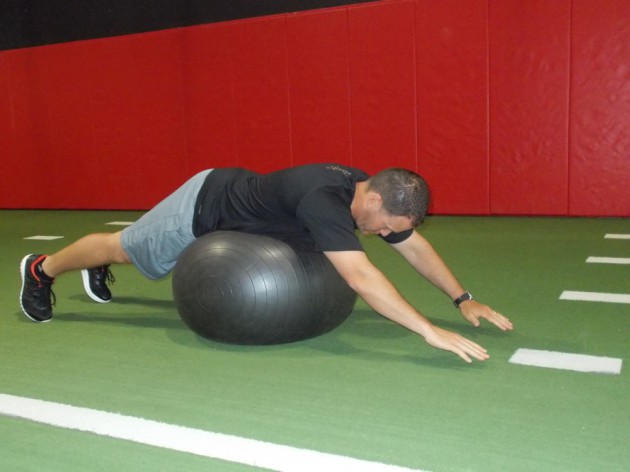
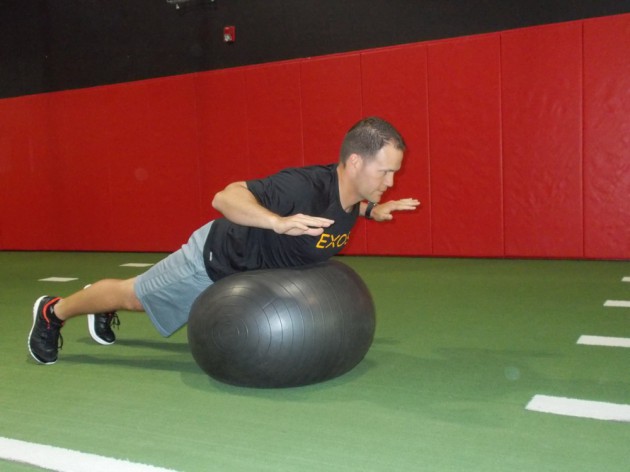
Stability ball reverse diver – Begin lying face-down over a stability ball as if you were diving into a pool. Keep the feet about shoulder-width apart. Next, lift the head and upper torso up as you simultaneously pull the elbows down and back as if you were pulling them into your back pockets. Squeeze the shoulder blades together at the top of the motion and pause for 1 second prior to returning to the start position. Perform two sets of 10-15 repetitions.
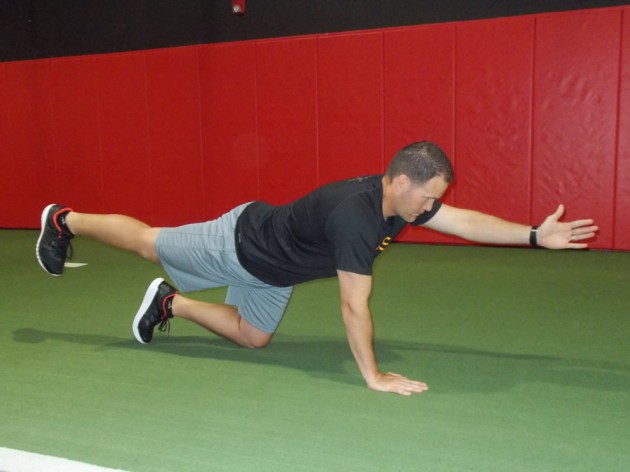
Bird Dog – Begin on all fours with the knees beneath the hips and hands directly under the shoulders. Slowly extend the left arm and right leg until the knee is straight and the arm is parallel to the floor. Maintain a neutral spine and avoid pelvic rotation. Pause and then return to the start position. Next, repeat the same sequence with the right arm and left leg. Perform two sets of 10-15 repetitions, alternating back and forth on each side.
Both of these exercises focus on postural strength and stability. In addition, they call on the body to work against the forces of gravity much like it does during a run. Consider implementing exercises such as these two to three times per week in your strength-training program. Finally, keep in mind that while strengthening the back and trunk will enhance running performance, more importantly it significantly reduces the likelihood of experiencing low back pain or dysfunction in the future that may disrupt your activities of daily living and training.
# # #
Brian Schiff, PT, OCS, CSCS is a sports physical therapist and supervisor at the Raleigh location of Athletes’ Performance at Raleigh Orthopaedic. The Raleigh and Cary Athletes’ Performance locations currently offer free injury screens for runners, cyclists and triathletes. For more information, visit www.apcraleigh.com or www.apccary.com.


